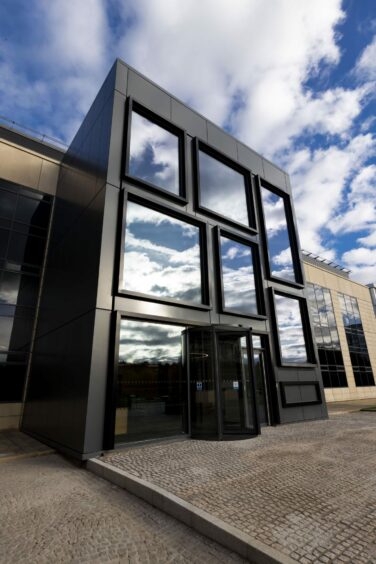
Exactly one year on from COP26, we are all faced with the need to act fast to adopt new tactics to meet government targets for reducing carbon emissions.
This is also a challenge landlords need to consider in order to future-proof their commercial and industrial buildings.
Pressure to reduce energy consumption in buildings is increasing from many directions, and landlords are faced with the challenge of balancing the cost of improvements now versus prospects of future rental income.
Regulation requires ever greater energy efficiency and potential tenants can be driven by their own social responsibility commitments as well as the desire to minimise operational energy costs.
Funders want comfort that buildings can continue to meet regulations as well as tenant expectations into the future. Landlords must deliver these considerations or risk losing key funding and potential rental opportunities.
We have found that a good time for repurposing commercial buildings and making energy-saving improvements is when the building is vacated at the end of a lease.
If tenants are planning on vacating the premises, landlords have the opportunity to work with a clean slate to make improvements.
Recently, we supported the redevelopment of 4-5 Lochside Avenue in Edinburgh, a project undertaken with Knight Property Group.
The task was improving an existing vacant office building, taking a fresh approach to energy efficiency within the building, as well as modifying the internal configuration to improve the flexibility of its interior to appeal to multiple prospective tenants.
The project was completely dedicated to a sustainable, retrofit refurbishment approach which aligned with the client’s carbon reduction ambitions.
The results of the project exceeded expectations. We were able to transform the building’s interior into bright, adaptable spaces suited to the needs of tenants.
We also made a complete change to the heating system, switching from old gas boilers to being fully electric, and moved to LED lighting throughout. This strategy, along with installing solar panels, means the building is running completely on renewable energy.
It has been calculated that repurposing the existing building rather than constructing a new building has saved over 2,300 tonnes of CO2. Moreover, it has generated significant interest in the space from new prospective occupiers.
Making buildings energy efficient in order to meet user demand is paramount. But let’s be clear, an energy-efficient building with the wrong facilities is a non-starter, and green energy will simply be wasted. Landlords should consider all aspects of their building when carrying out retrofit improvements and flexibility to suit a wide range of occupier needs is imperative.
Every organisation needs to focus on their own commitments to reducing carbon emissions. Each retrofit project has its own challenges and considerations depending on the type of building, location and funding available. But, in order for landlords to implement a truly sustainable strategy, there is a need for a co-ordinated effort and an honest discussion about user demand.
Landlords hold the keys to unlocking the low-carbon workplaces that we need to deliver.
Space Solutions has been creating award-winning interiors since 1997 and is an expert on the built environment. Now in its 25th year, the business continues to pioneer the concept of workplace consultancy and has worked with major public and private organisations across Scotland, England and Europe.
 © Supplied by Space Solutions
© Supplied by Space Solutions